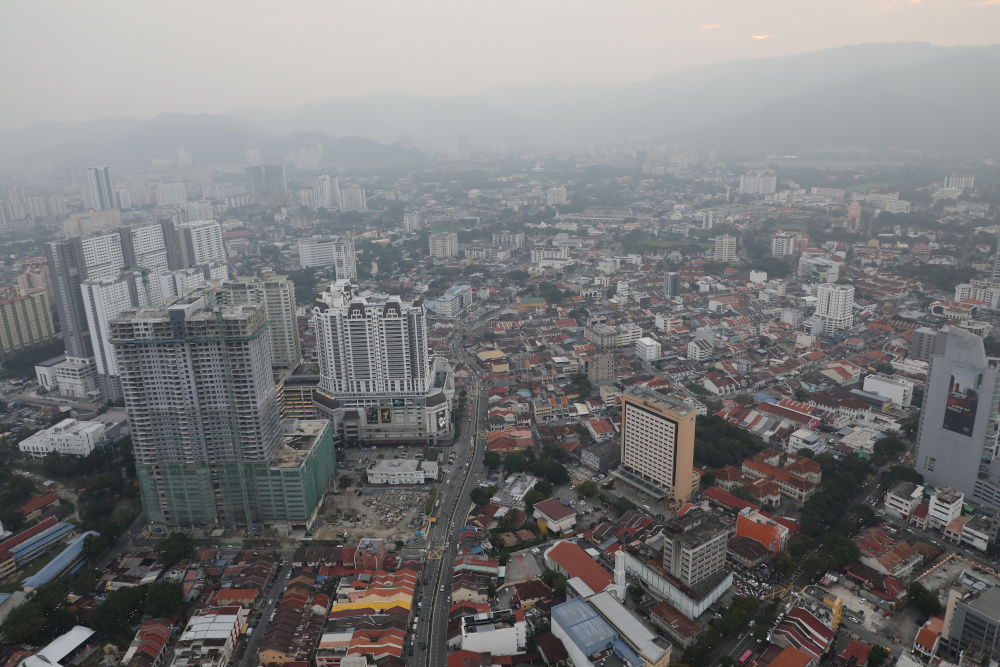GEORGE TOWN, Oct 16 — Urban planners in rapidly expanding Asian cities must involve the poorest residents in decision-making and include informal spaces if they are serious about tackling inequality, development experts said today.
More than 2.3 billion people in Asia-Pacific live in cities, and that number is expected to reach nearly 3.5 billion in 2050, according to the United Nations.
But one-third of urban dwellers live in slums or slum-like conditions and are under constant threat of eviction as planners and authorities look to modernise cities, said Elisa Sutanudjaja at the Rujak Centre for Urban Studies, a Jakarta think tank.
“Cities in Asia are largely a mix of formality and informality, but urban planning is never neutral: it’s all formal vs informal, legal vs illegal,” she said on the sidelines of a UN urban conference in Penang.
“But the right to city is far more than individual liberty to access urban resources and livelihoods; it is also about informality and community.”
This year, a majority of Asia-Pacific’s population for the first time became urban, with more than half the population living in cities, according to a UN report published earlier this week.
With growing pressure on resources such as land and water, the region is struggling to make “effective planning systems a cornerstone of national policy”, said Maimunah Mohd Sharif, executive director of UN-Habitat, the human settlements agency.
Cities in the region that are ranked high for liveability, including Singapore, and those in Australia, Japan and South Korea have co-produced solutions with citizens, she said.
“Bridging the digital divide, engaging the urban poor, and building climate resilience must be a priority. We have to ensure equitable distribution of resources,” said Sharif, a former town planner and mayor of Penang island, off Malaysia’s west coast.
But increasingly, planners are ignoring the poorest and most vulnerable residents including slum dwellers and street vendors, said Renu Khosla, director of the Centre for Urban & Regional Excellence in New Delhi.
“Our cities are not being planned for the poor. But when cities are planned without people in mind, you get more informal settlements, you get more inequality,” she told the Thomson Reuters Foundation.
“Perhaps it’s time to move away from territorial and land-based planning, and plan around people and their needs.”
From Bangkok to Manila, as Asian cities strive to become more modern, street vendors and hawkers are viewed increasingly as a hindrance to city planning and are being evicted from pavements.
But public spaces are for the good of all members of the public and must be legally available to everyone, said Chidchanok Samantrakul at WIEGO, a global non-profit that helps informal workers.
“Half the city is informal — informal settlers, street vendors — yet planners only focus on the formal. But there has to be opportunity for everyone to co-exist,” she said.
Several cities in the region are now using Minecraft, a video game that allows players to build their own worlds using virtual Lego-like pieces, to get communities to participate in upgrading their common spaces, under a UN-Habitat programme.
In the Vietnamese capital of Hanoi, where women and girls often face harassment on the streets and on public transport, Minecraft was used to identify safety issues and make public spaces safer, said Thu Dao Thi Bao of non-profit Plan International.
“Technology helps give girls and women a voice. We have to encourage their participation in city planning and management.” — Thomson Reuters Foundation






















